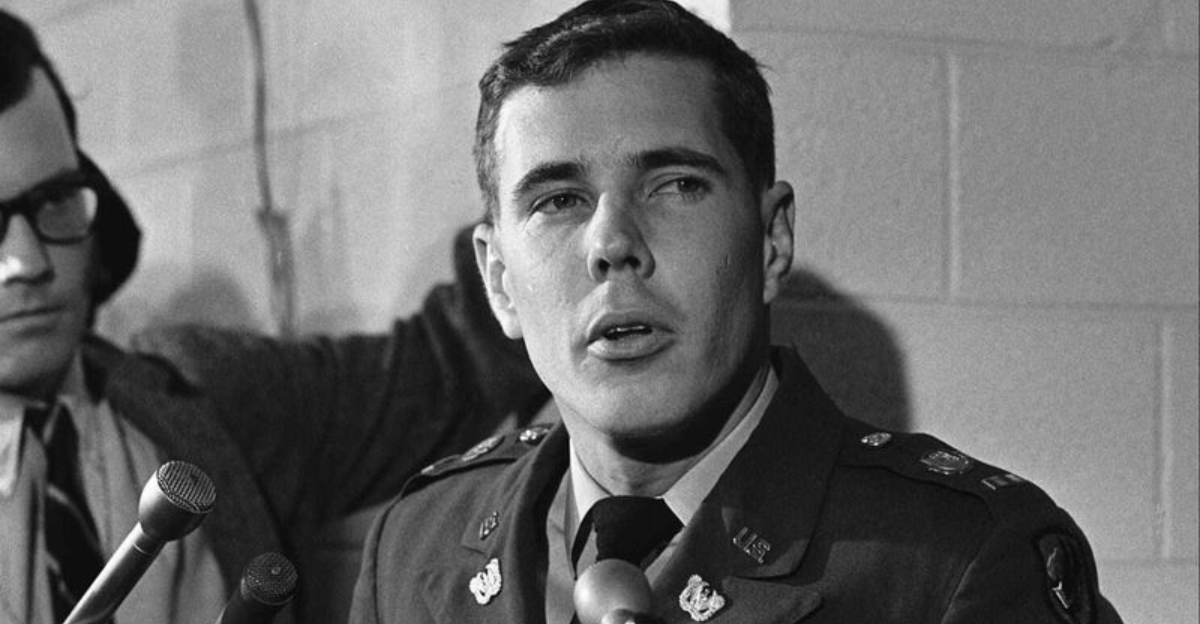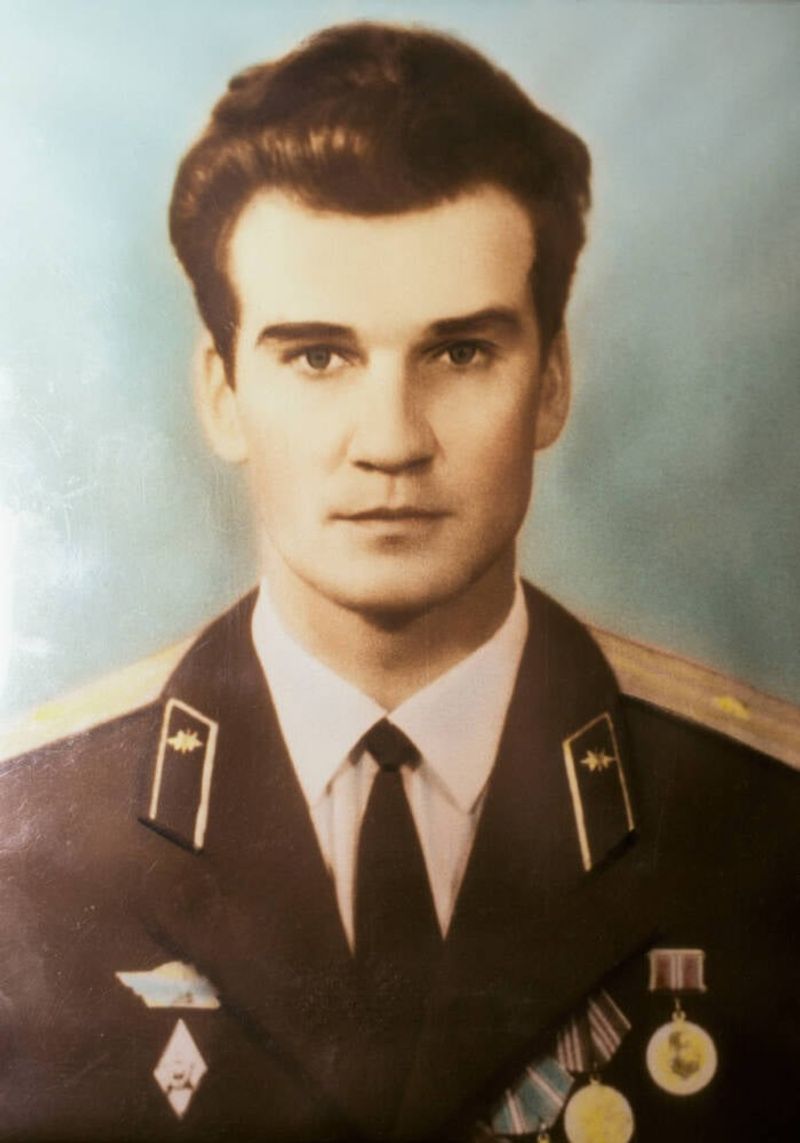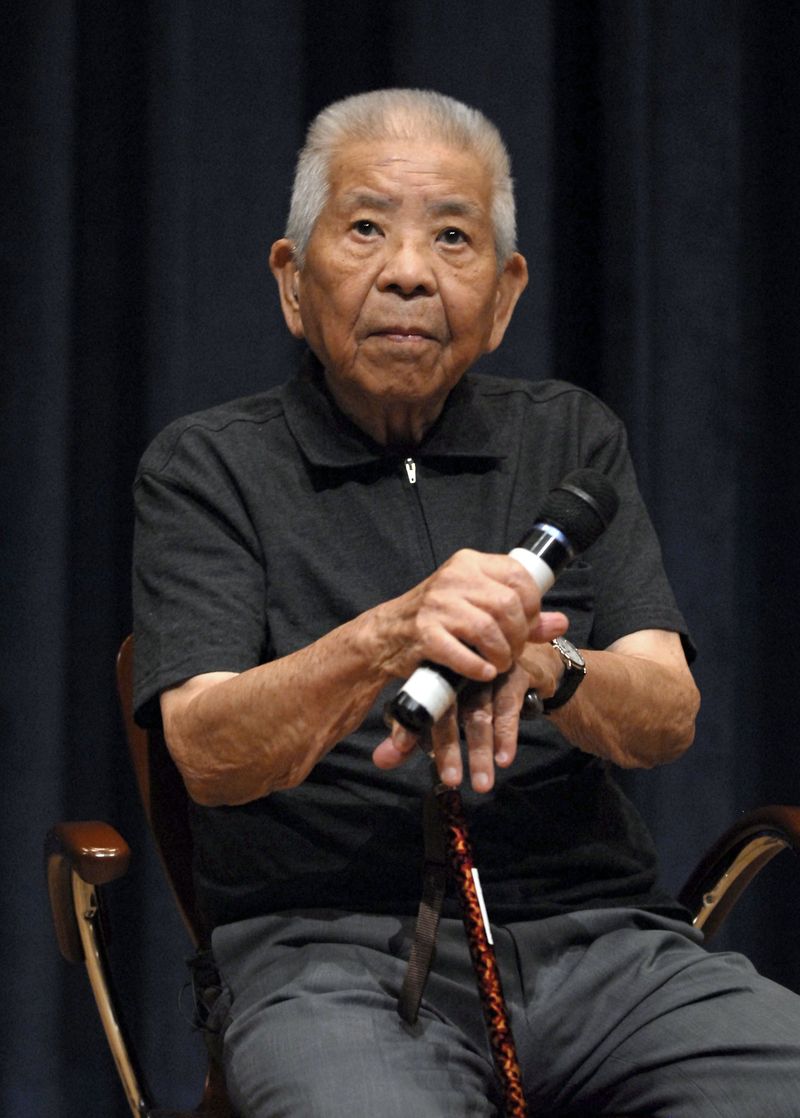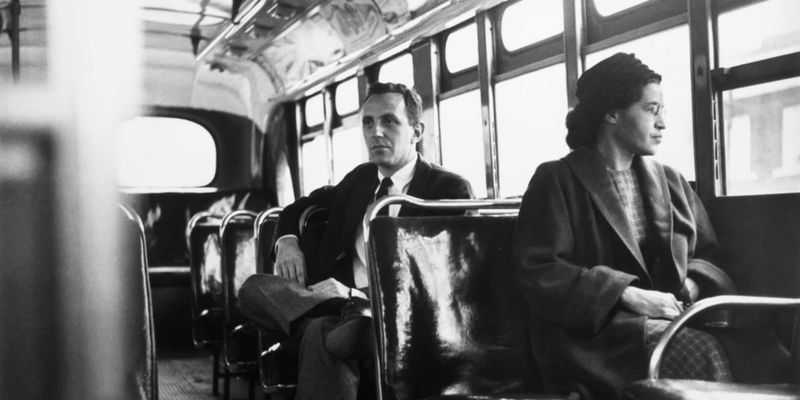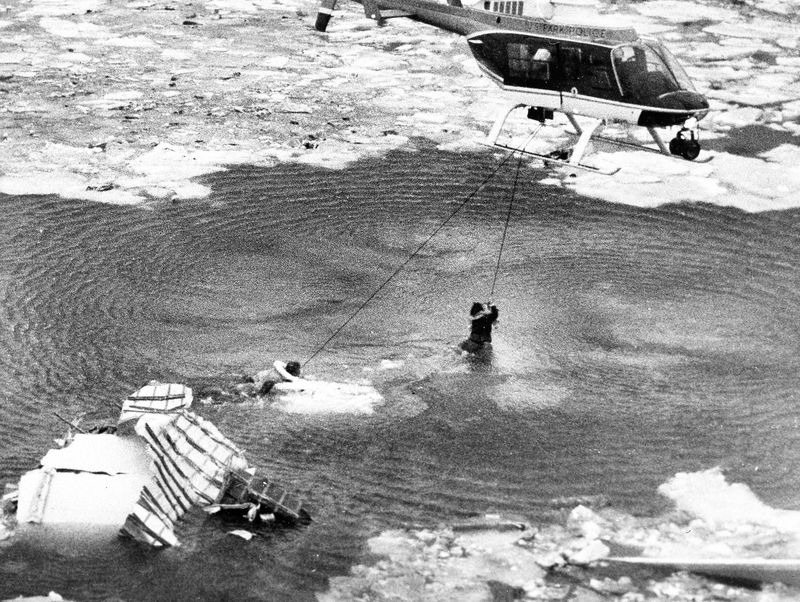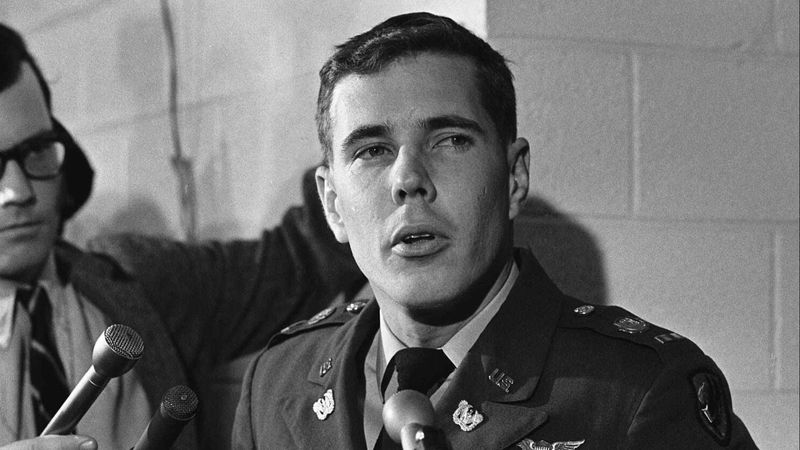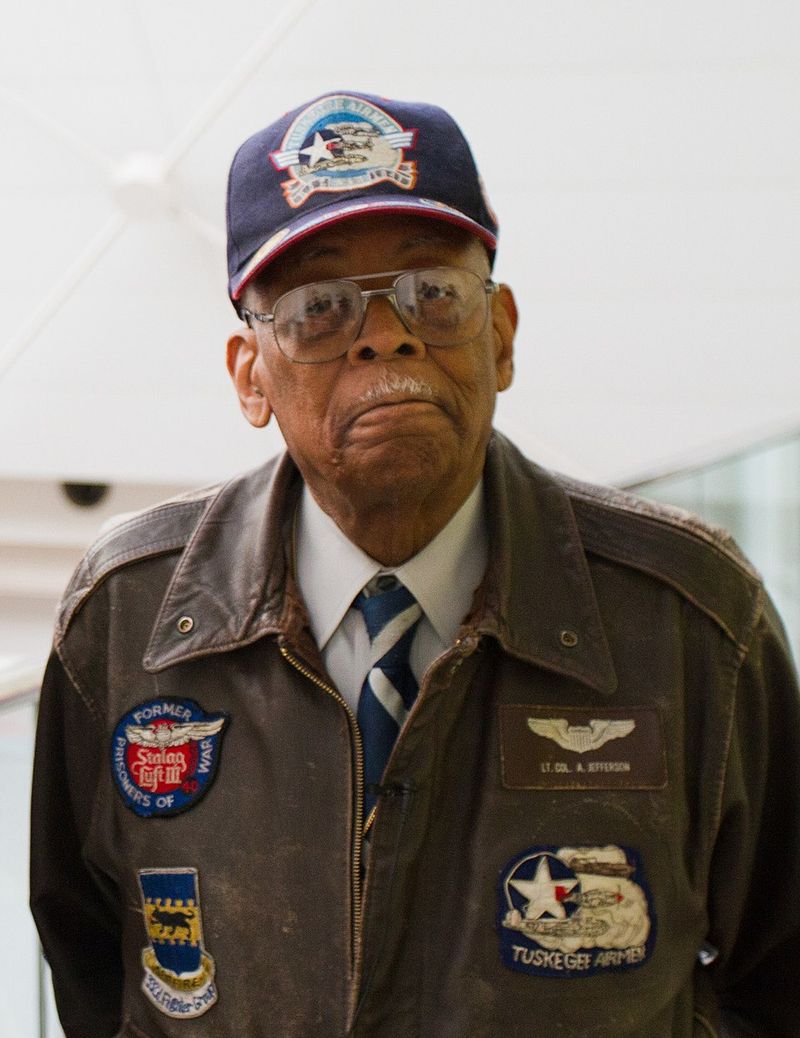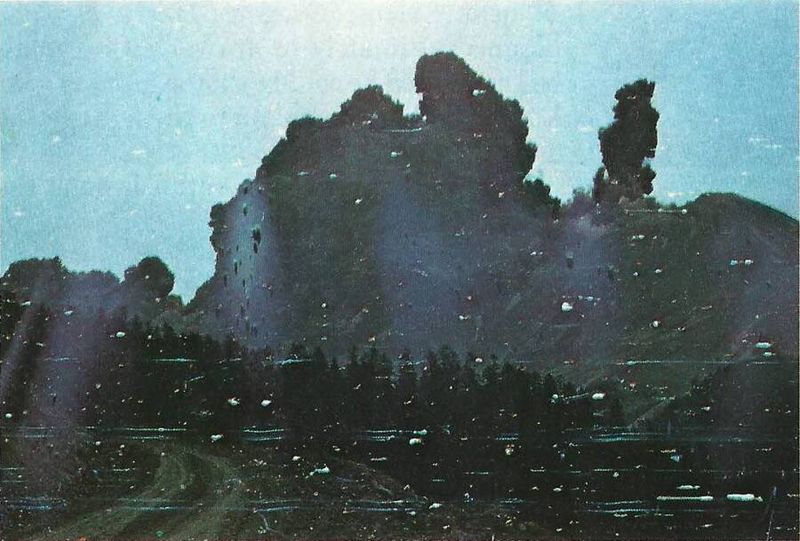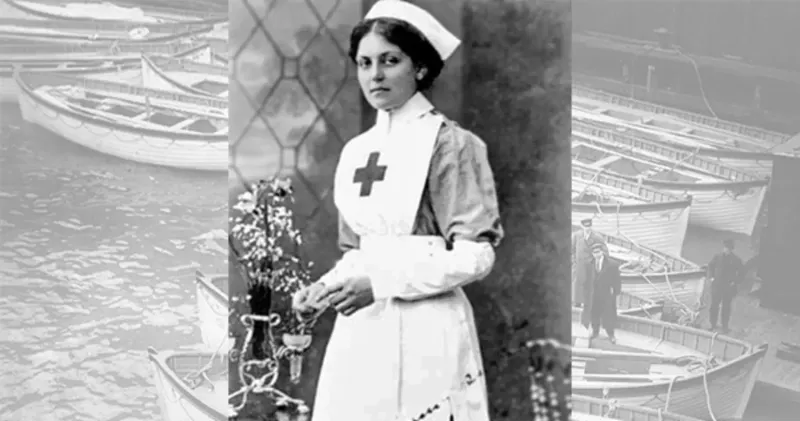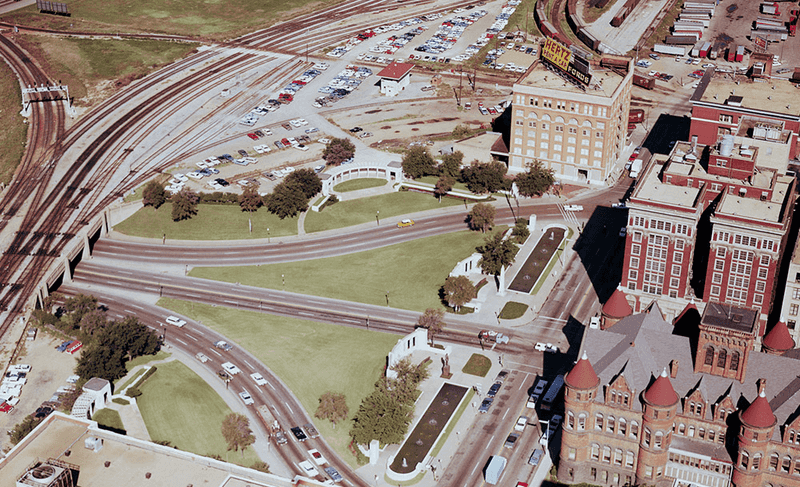They weren’t politicians, generals, or celebrities—but fate had other plans. These everyday individuals found themselves smack in the middle of some of history’s biggest moments… without ever planning to be there.
1. Stanislav Petrov: The Man Who Saved the World by Doing Nothing
In 1983, Soviet military officer Stanislav Petrov was on duty in a dimly lit command center when alarms signaled an incoming U.S. nuclear attack. Protocol dictated retaliation, but something didn’t sit well with him. Overwhelmed by intuition, Petrov chose to hold off. The alarms, as fate would have it, signaled a false alarm. His decision, steeped in uncertainty, may have prevented World War III. Later investigations confirmed that satellite malfunctions triggered the alert, not missiles. This ordinary man’s hesitation became a cornerstone of Cold War history. Petrov never saw himself as a hero, yet his story resonates as a testament to human instinct.
2. Tsutomu Yamaguchi: Survived Two Atomic Bombs
Tsutomu Yamaguchi’s resilience is legendary. He was in Hiroshima on business when the first atomic bomb exploded. Miraculously surviving, he returned to his home city of Nagasaki, only to face another atomic blast days later. Remarkably, Yamaguchi lived to tell his story, becoming one of the few double survivors known to history. His extraordinary tale of endurance turned him into a symbol of survival and peace. For decades, Yamaguchi remained a quiet advocate for nuclear disarmament. His life, marked by unimaginable trials, embodies the spirit of enduring hope amidst devastation, a beacon for humanity’s capacity to endure the unthinkable.
3. James Blake: The Bus Driver Who Helped Make Civil Rights History
James Blake was driving his Montgomery city bus on an ordinary day in 1955 when a quiet rebellion unfolded. Rosa Parks’s refusal to give up her seat marked a pivotal moment in civil rights history. Unwittingly, Blake’s insistence on enforcing segregation laws set the stage for the Montgomery Bus Boycott, a cornerstone event. Despite being on the opposite side of history, Blake’s role became a catalyst for change. His place in this defining moment reminds us how everyday actions can spark monumental movements. Blake’s ordinary duty became part of the extraordinary tapestry of American civil rights evolution.
4. Lenny Skutnik: The Civil Servant Who Dove Into the Potomac
Lenny Skutnik, an everyday office worker, became a national hero in 1982. When Air Florida Flight 90 crashed into the frozen Potomac River, bystanders watched helplessly. Skutnik, driven by compassion, leapt into the icy waters, pulling a struggling passenger to safety. This act of bravery did not go unnoticed. Skutnik became the first “ordinary citizen” recognized in a State of the Union Address, symbolizing the power of courageous spontaneity. His story highlights how in moments of crisis, unassuming individuals can rise to the occasion, showcasing humanity’s capacity for selflessness and heroism in the face of overwhelming odds.
5. Hugh Thompson Jr.: The Helicopter Pilot Who Stopped a Massacre
During the infamous My Lai Massacre of the Vietnam War, pilot Hugh Thompson Jr. and his crew witnessed chaos from above. With a profound sense of justice, they landed between U.S. troops and unarmed Vietnamese civilians. His bold command to his gunners to fire on fellow soldiers if they advanced further was an act of immense courage. In doing so, Thompson likely saved dozens of lives. His bravery, largely unrecognized for decades, became a symbol of moral integrity in warfare. Despite initial backlash, Thompson’s unwavering actions eventually earned him the recognition he deserved, reminding us of the power of conscience.
6. Alexander Jefferson: Shot Down and Liberated by a Camp He’d Later Tour
Tuskegee Airman Alexander Jefferson’s wartime journey is both compelling and poignant. Shot down over Nazi-occupied territory, he became a prisoner of war. Unknown to him, the camp would later become a concentration site for Jews. Decades on, revisiting the camp brought chilling realizations of narrowly escaped horrors. Jefferson’s story is not just one of survival but of historical intersection. His experiences highlight the intertwining of personal and global histories, shedding light on the multifaceted nature of war. His later tours of the camp where he once languished added layers to his already extraordinary narrative, marking him as a witness to history.
7. Edward Jenner: The Country Doctor Who Discovered Vaccination by Chance
Edward Jenner, a country doctor, revolutionized medicine with a simple observation. Noticing that milkmaids who contracted cowpox didn’t get smallpox, he tested his hypothesis. Although unethical by today’s standards, his inoculation of a boy with cowpox and subsequent exposure to smallpox revealed immunity. Jenner’s discovery, born from curiosity, laid the groundwork for modern vaccination, changing medical history forever. His work, initially met with skepticism, eventually earned recognition and saved countless lives. Jenner’s story underscores the power of keen observation and curiosity in the face of established norms, transforming him from an obscure doctor into a monumental figure in medical history.
8. Robert Landsburg: The Photographer Who Captured His Final Moments
Robert Landsburg’s commitment to capturing the moment proved fatal. As Mount St. Helens erupted violently in 1980, he stayed behind to document the unfolding disaster. Braving the advancing ash cloud, Landsburg took his last photographs, protecting his film with his own body as he perished. The images, salvaged from his camera, provided an unparalleled glimpse into the eruption’s ferocity. Landsburg’s dedication to his craft immortalized a catastrophic moment, leaving the world a visual legacy of nature’s power. His story is a poignant reminder of the fine line between artistic pursuit and peril, marking him as a martyr for photography.
9. Frane Selak: The World’s Luckiest (or Unluckiest) Man
Frane Selak, a Croatian music teacher, is often called the world’s luckiest—or unluckiest—man. His life reads like fiction: surviving plane crashes, train derailments, and bus accidents, a total of seven near-death experiences. In a twist befitting his life, Selak won the lottery, cementing his status as a folk legend. His uncanny survival streak and eventual fortune make him a real-life Forrest Gump of bizarre narratives. Selak’s tale captivates with its blend of misfortune and serendipity, offering a humorous yet profound look at chance. His life, full of dramatic turns, remains a testament to the unpredictable nature of fate.
10. Violet Jessop: Survived the Titanic—and Two Other Shipwrecks
Violet Jessop, often dubbed “Miss Unsinkable,” survived three maritime disasters. A stewardess and nurse, she was aboard the ill-fated Titanic, later escaping both the Olympic and Britannic wrecks. Her maritime misadventures earned her a unique place in history. Jessop’s calm demeanor under pressure showcased remarkable resilience and adaptability. Her life at sea, marked by survival and service, paints a picture of one woman’s steadfast spirit amidst chaos. Jessop’s story transcends mere coincidence, emphasizing an indomitable will against nature’s fury. Her extraordinary experiences at sea turned her into a living testament to endurance in the face of adversity.
11. Harold Moore: The Man on the Grassy Knoll
Harold Moore found himself at the epicenter of a defining moment in American history. A bystander in Dealey Plaza during JFK’s assassination, Moore’s spontaneous photography captured a crucial timeline. His chance photo became an invaluable piece of evidence, now part of the National Archives. Moore’s unexpected involvement exemplifies how ordinary observers can become pivotal in historical events. His encounter with history was unplanned yet significant, illustrating the unpredictable paths of fate. Moore’s presence on that fateful day highlights the role of everyday people in shaping the narratives of critical moments, embedding his name into the annals of unexpected history makers.
